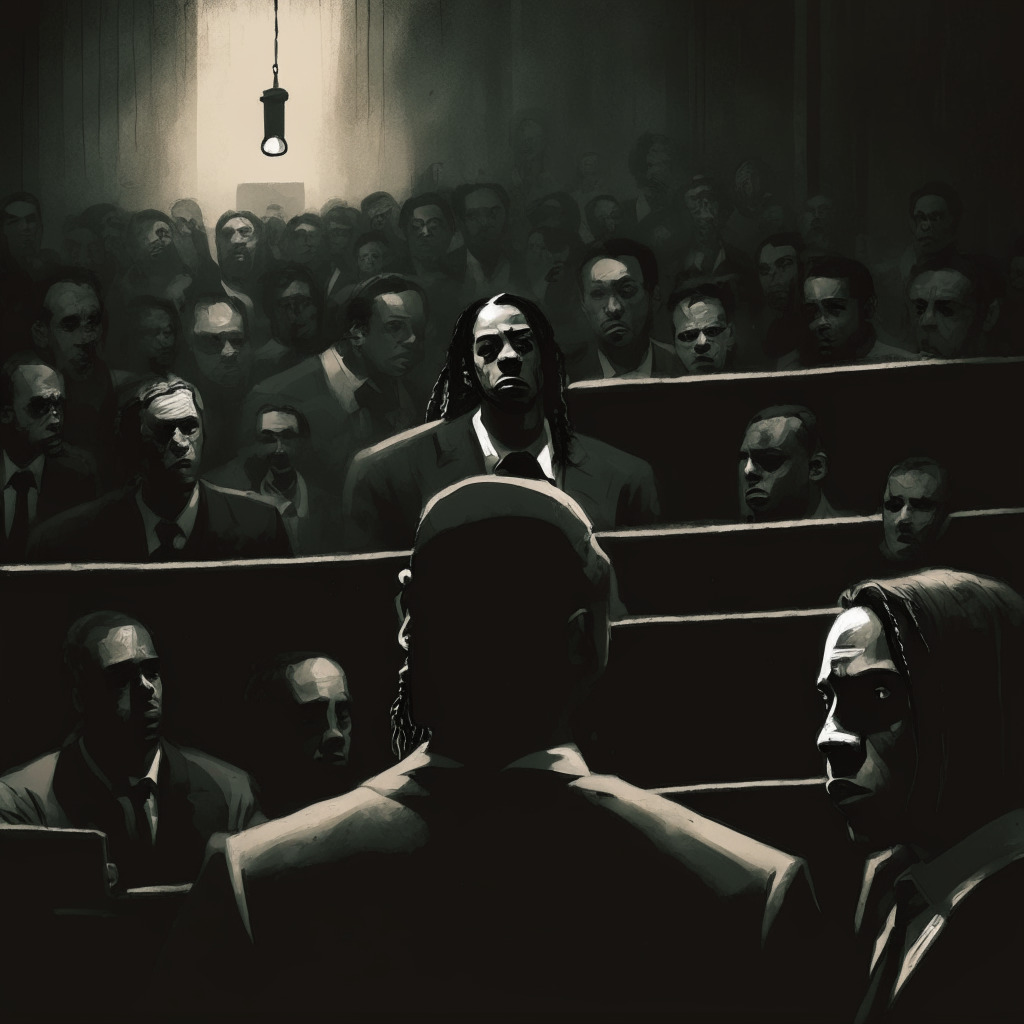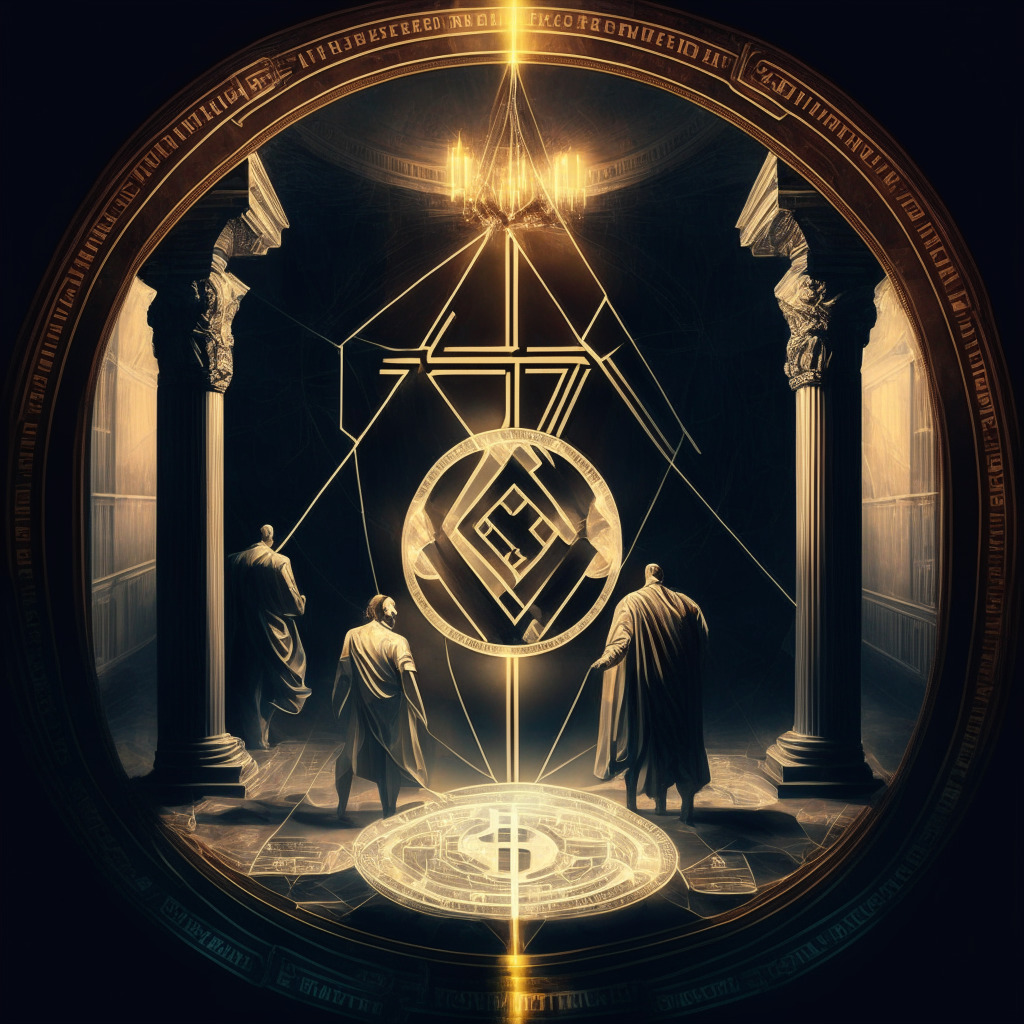In a momentous decision, a U.S. federal judge delayed a sentencing hearing as he took into account the statements of numerous women victimized by a New Hamshire man’s clandestine activity in the crypto sphere, based on AP reports. The controversial figure under scrutiny was Ian Freeman, a radio host and libertarian activist who allegedly set up an illicit Bitcoin exchange service.
Authorities are pressing for a sentence with a sting, citing the elderly, highly susceptible victims targeted in the scheme. It appears that Freeman created a near perfect base for scammers, mostly specializing in romance fraud against older women, offering an easy route to rid these victims of their finances permanently.
Meanwhile, the The DeFi Education Fund, an advocacy organization based in Washington D.C., lodged a petition with the U.S. Patent and Trademark Office. This move was in response to a 2020 lawsuit filed by Connecticut tech company True Return Systems LLC, alleging patent infringement on the part of Compound Protocol and MakerDAO, two decentralized autonomous organizations (DAOs).
An intriguing case over the patent – applied for and granted in 2018 – which claims to originate a method for transferring off-chain data on-chain, including the application of oracles. The DeFi Education Fund vigorously contest this, purporting that the technology in question was already in circulation and not unique when the patent was awarded.
With a surge of activity around digital assets, the pioneering regulatory-compliant Ethereum staking token, “dETH0924“, saw its reveal, originating from DigiFT, a Decentralized Exchange (DEX) for digital assets that is currently enlisted in the Monetary Authority of Singapore’s FinTech Regulatory Sandbox.
Backed by DeFi protocol Lido Finance’s wstETH, investors can expect up to 4% APR, bolstering the Ethereum blockchain’s Proof-of-Stake (PoS) mechanism via secure and compliant avenues.
In response to the devastating earthquake on September 8 in Morocco, Binance pledged $3 million in BNB tokens to users in regions most affected by the disaster, aiming to aid roughly 70,000 users.
Further, crypto infrastructure provider, Qredo, merged Circle’s USDC stablecoin into its non-custodial wallet. This integration allows for multi-chain gas fee payments in USDC, streamlining operational costs. Safe also announced its integration with zkSync Era, a Layer-2 protocol that magnifies Ethereum with ZK technology, paving the way for developers to construct appealing user experiences with dApps.
The dynamics of blockchain and cryptocurrency regulations and their repercussions undeniably possess rippling effects throughout the entire crypto landscape. As these examples highlight, regulatory actions are not just top-down decrees but a tangle of interactions between different agents playing unique roles in the market.
Source: Cryptonews




